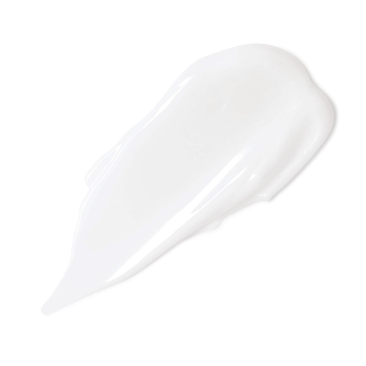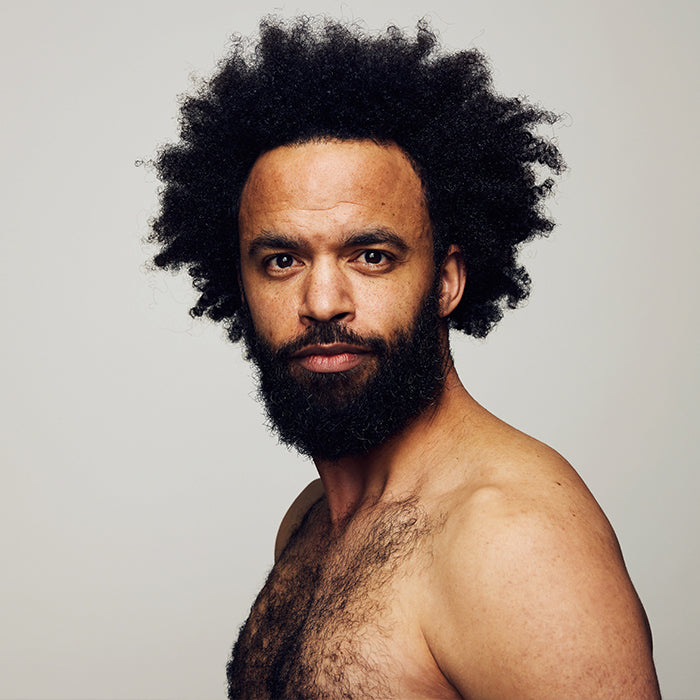You may notice it while showering, when combing or on your pillow: more and more hair are falling out. For many men this is a confrontational experience. Hair loss is a common problem that affects around 60% of men. But what does this actually cause and can you do something about it?
Why do men lose their hair?
Hair loss in men has various causes. The most common is hereditary baldness, also known as alopecia androgenetics. But there are more factors that play a role:
1. Genetic predisposition
Your DNA largely determines whether you will be bald. Take a look at your father, grandfathers or uncles - their hair pattern often gives a prediction of your future. Hereditary baldness usually starts with the sleep and crown, after which these areas slowly meet.
A common myth is that baldness is only passed on through your mother. This is not entirely true - genes of both parents play a role, although the genes of your mother's side are often more dominant.
2. Hormones
Testosterone, the male hormone, is converted into dihydrotestosterone (DHT) in your body. In men who are sensitive to hair loss, DHT ensures that hair follicles shrink. This makes the hairs thinner until they eventually disappear completely.
This explains why some men become bald at a young age, while others hold a full hair in old age - it is about your sensitivity to DHT, not about the amount of testosterone.
3. Stress and lifestyle
Your body responds to stress by creating different hormones that can disturb your hair growth. This type of hair loss, called telogen effluvium, is usually temporary. When the stress period is over, hair growth often recovers automatically.
Your lifestyle also plays a role:
- Bad food with little essential nutrients
- Smoking (reduces blood supply to your scalp)
- Excessive alcohol consumption
- Too little sleep
- Crash diets
4. Medical causes
Sometimes there is a medical problem at the basis of hair loss:
- Thyroid problems
- Iron deficiency or anemia
- Autoimmune diseases such as Alopecia Areata
- Skin conditions such as psoriasis or fungal infections
- Side effects of medicines (for example blood thinners or antidepressants)
How do you recognize different types of hair loss?
Hereditary baldness (alopecia androgenetics)
This usually starts with a recovering hairline at the sleep and/or thinning hair on the crown. It is gradual and often follows a predictable pattern.
Alopecia areata
This suddenly creates round bald spots. This is caused by an autoimmune reaction in which your body attacks your own hair follicles.
Telogen effluvium
With this form of hair loss you lose hair over your entire scalp. The hair comes out in larger quantities than normal, often after a stressful event, illness or due to medication use.
Cicatricial alopecia
Hereby the scalp becomes inflamed and scars arise that permanently damage the hair follicles. This can be due to skin diseases, burns or certain infections.
What can you do about hair loss?
Medical
- Minoxidil (rogaine) This medicine improves blood supply to your scalp and stimulates the hair follicles. It is available as a lotion or foam and works in around 60% of men. Disadvantage: As soon as you stop, the effect disappears.
- Finasteride (Propecia) This pill inhibits the conversion from testosterone to DHT, so that hair loss slows down or sometimes even stops. It works especially well with starting baldness on the crown. Please note: side effects such as reduced libido can occur.
- Hair transplantation During this surgical procedure, hair follicles of dense areas (usually the back of your head) are moved to bare spots. The technology has improved greatly in recent years, resulting in more natural results.
Natural approach
-
Nutrition and supplements Provide sufficient:
- Iron (red meat, spinach)
- Zinc (oysters, pumpkin seeds)
- Biotin (eggs, nuts)
- Vitamin D (sunlight, fatty fish)
- Omega-3 fatty acids (fatty fish, linseed)
- Scalp massage Daily massage stimulates blood circulation in your scalp, which can promote hair growth. Spend 5-10 minutes a day on this.
- Stress reduction Try to reduce stress by moving regularly, sleeping sufficiently and practicing relaxation techniques such as meditation or yoga.
- Products against hair loss Choose specialized Products against hair loss who stimulate hair growth and strengthen the hair roots, such as Hair growth Serums and special Shampoos against hair loss.
Accept or camouflage?
Not every man wants or can treat his hair loss. Fortunately, there are good alternatives nowadays:
- The short haircut A very short hairstyle or completely shaved head can look stylish and requires little maintenance.
- Hairpieces and wigs Modern hairpieces can hardly be distinguished from real hair and offer a non-permanent solution.
- Hair fibers These microscopically small fibers attach to your existing hair, making it look fuller. Hair fibers His ideal for men with thinning hair.
- Microspectation With this technique, small dots of pigment are tattooed in your scalp, which creates the illusion of a very short hairstyle.
When to the doctor?
Consult a doctor like:
- You suddenly lose a lot of hair
- Your bald spots, redness or irritation notes on your scalp
- Your hair loss is accompanied by other symptoms such as fatigue or weight loss
- You are younger than 25 and already experience considerable hair loss
Finally
For many men, hair loss is an emotionally charged subject. Remember that you are not alone - millions of men experience the same thing. Whether you opt for treatment or acceptance, the most important thing is that you feel good about your choice. A healthy lifestyle, good nutrition and stress reduction are favorable anyway, not only for your hair but for your entire body.
And don't forget: self -confidence is ultimately more attractive than a full hair.





















